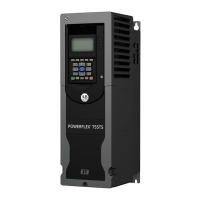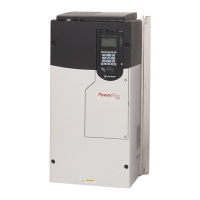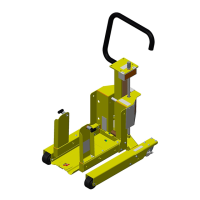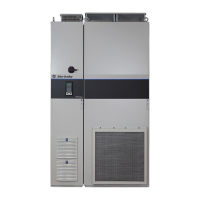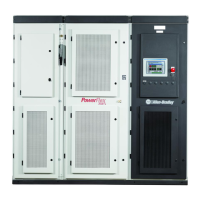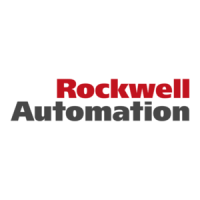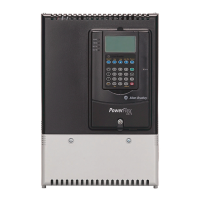Rockwell Automation Publication 750-IN119A-EN-P - April 2022 89
Chapter 6 Service and Maintenance
Maintenance of Industrial
Control Equipment
Periodic Inspection - Periodically inspect industrial control equipment. Base
inspection intervals on the environmental and operating conditions and
adjust the intervals as necessary. An initial inspection within 3 to 4 months
after installation is suggested. See National Electrical Manufacturers
Association NEMA) Standard No. ICS 1.3, Preventive Maintenance of
Industrial Control and Systems Equipment, for general guidelines for defining
a periodic maintenance program. Also see the ‘Maintenance of Industrial
Control Equipment’ section in the PowerFlex 755TS Products with TotalFORCE
Control Hardware Service Manual, publication 750-TG101
.
Contamination - If inspection reveals that dust, dirt, moisture, or other
contamination has reached the control equipment, the cause must be
removed. Contamination can indicate an incorrectly selected or ineffective
enclosure, unsealed enclosure openings (conduit or other), or incorrect
operating procedures. Replace any improperly selected enclosure with one that
is suitable for the environmental conditions. See the Industry Installation
Guidelines for Pulse Width Modulated (PWM) AC Drives, publication
DRIVES-AT003
, for guidance on environmental considerations. See NEMA
Standard No. 250, Enclosures for Electrical Equipment, or UL 50E Electrical
Equipment Enclosures, for enclosure type descriptions and test criteria.
Replace any damaged or cracked elastomer seals and repair or replace any
other damaged or malfunctioning parts (for example, hinges and fasteners).
Dirty, wet, or contaminated control devices must be replaced. Compressed air
is not recommended for cleaning because it can displace dirt, dust, or debris
into other parts or equipment, or damage delicate parts.
PowerFlex 755TS products with XT use dielectric grease to protect critical
connections from the effects of corrosive gases. When you disconnect or
reconnect a greased connection, always inspect for dust, dirt, conductive
debris or other contaminants. If contamination is found, see the dielectric
grease application section in the PowerFlex 755TS Products with TotalFORCE
Control Hardware Service Manual, publication 750-TG101
for detailed
instructions on how to thoroughly clean receiving surfaces and re-apply
dielectric grease.
Fans - Inspect fans that are used for forced air cooling. Replace any that have
bent, chipped, or missing blades, or if the shaft does not turn freely. Apply
power momentarily to check operation. If the unit does not operate, replace it.
Clean the fins of heatsinks so convection cooling is not impaired.
ATTENTION: Performing service on energized Industrial Control Equipment
can be hazardous. Severe injury or death can result from electrical shock,
bump, or unintended actuation of controlled equipment. Recommended
practice is to disconnect and lockout control equipment from power sources,
and release stored energy, if present. See National Fire Protection Association
Standard No. NFPA 70E, Part II and (as applicable) OSHA rules for Control of
Hazardous Energy Sources (lockout/tagout) and OSHA Electrical Safety
Related Work Practices for safety-related work practices. These publications
include procedural requirements for lockout/tagout, and appropriate work
practices, personnel qualifications, and required training where it is not
feasible to de-energize and lockout or tagout electric circuits and equipment
before working on or near exposed circuit parts.
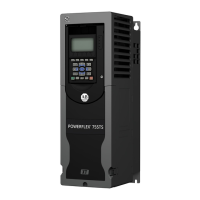
